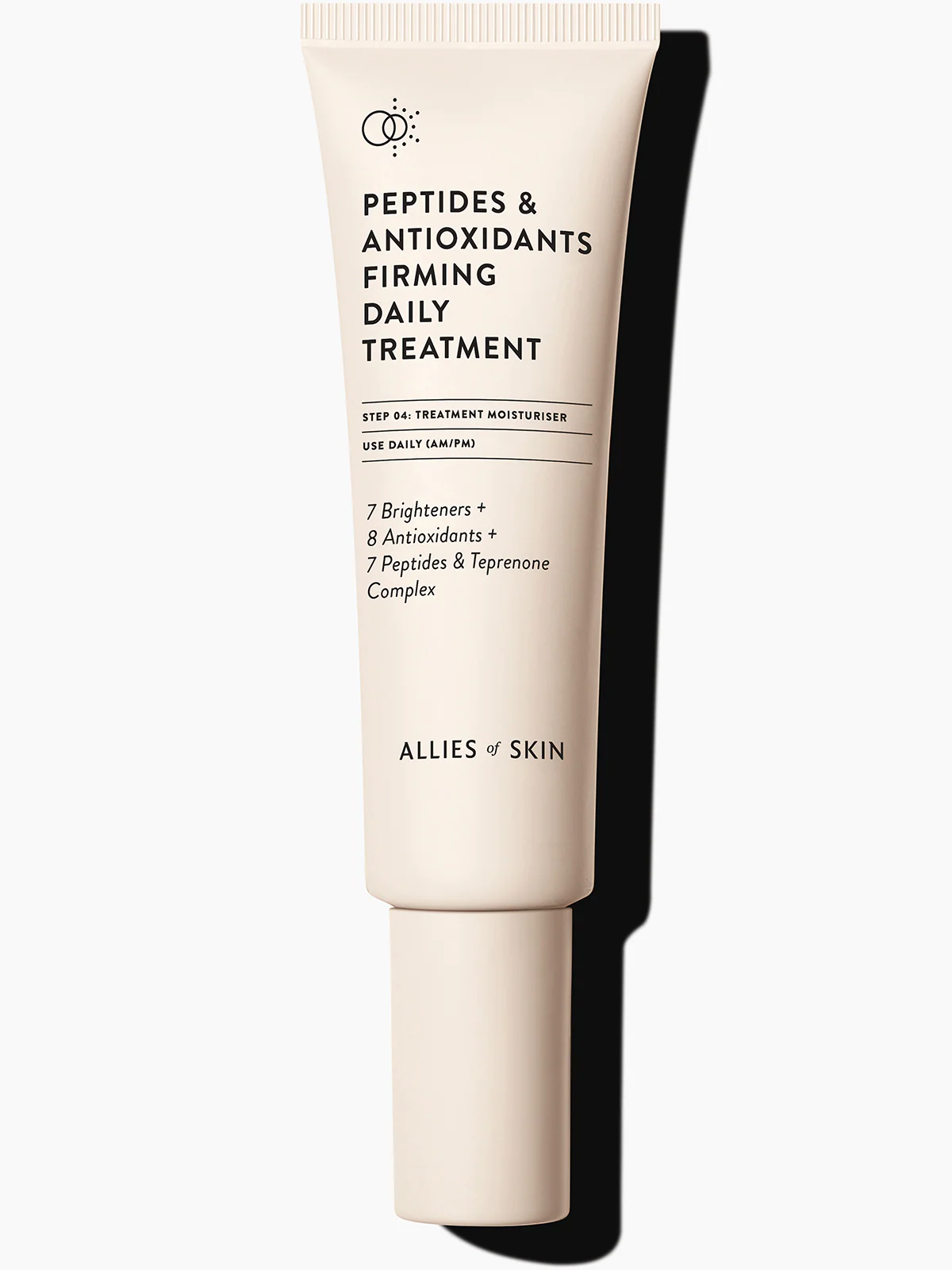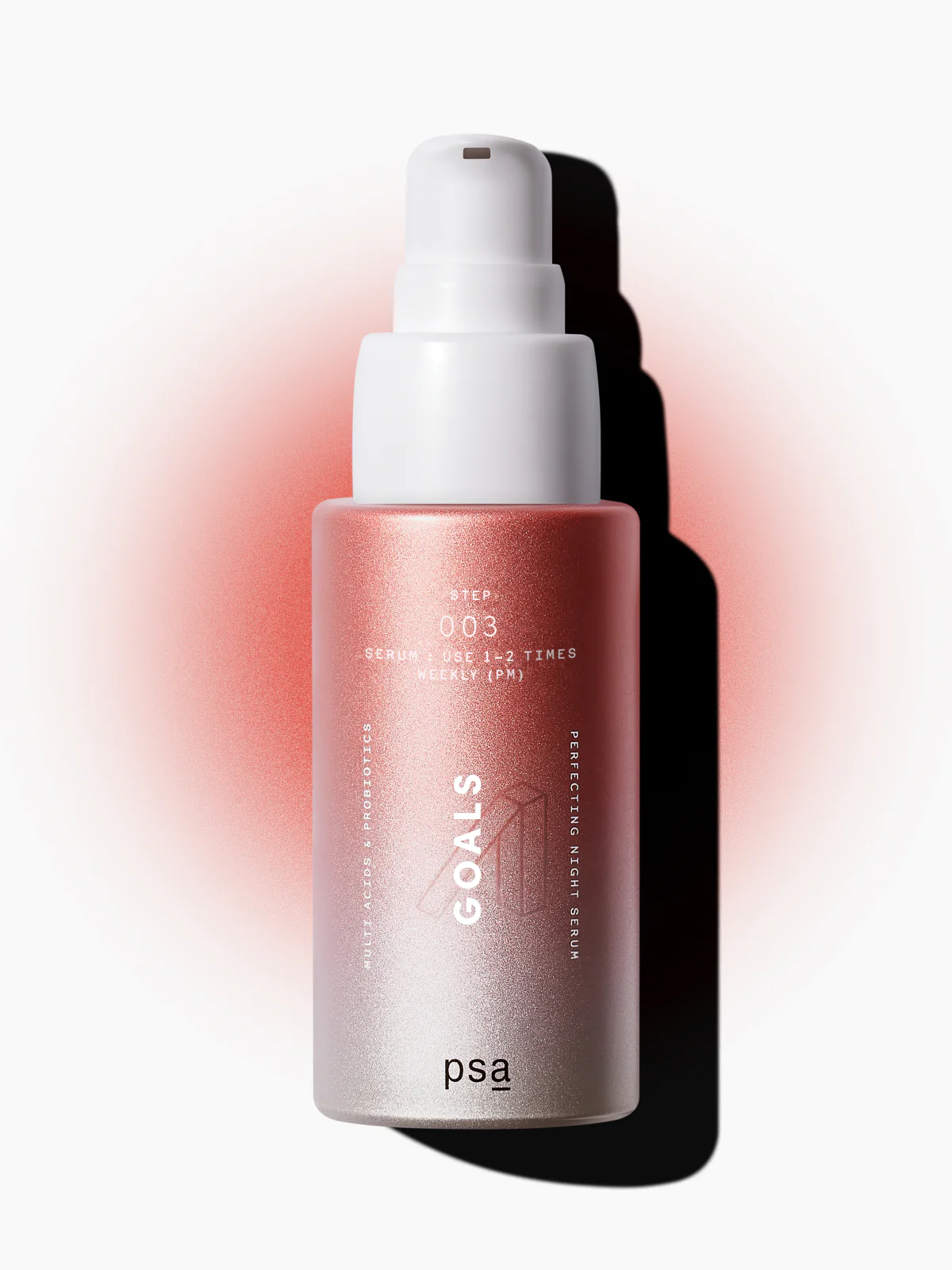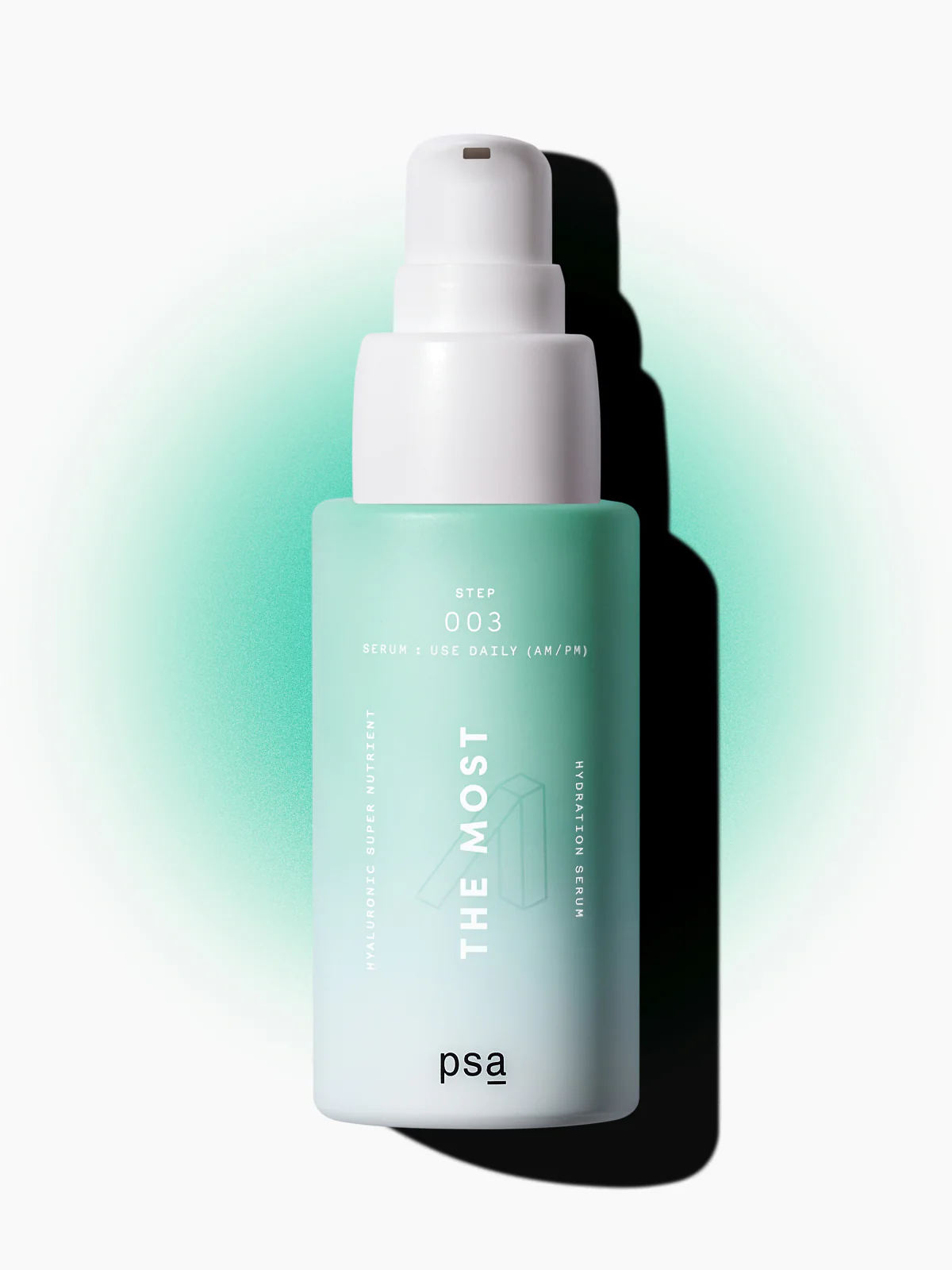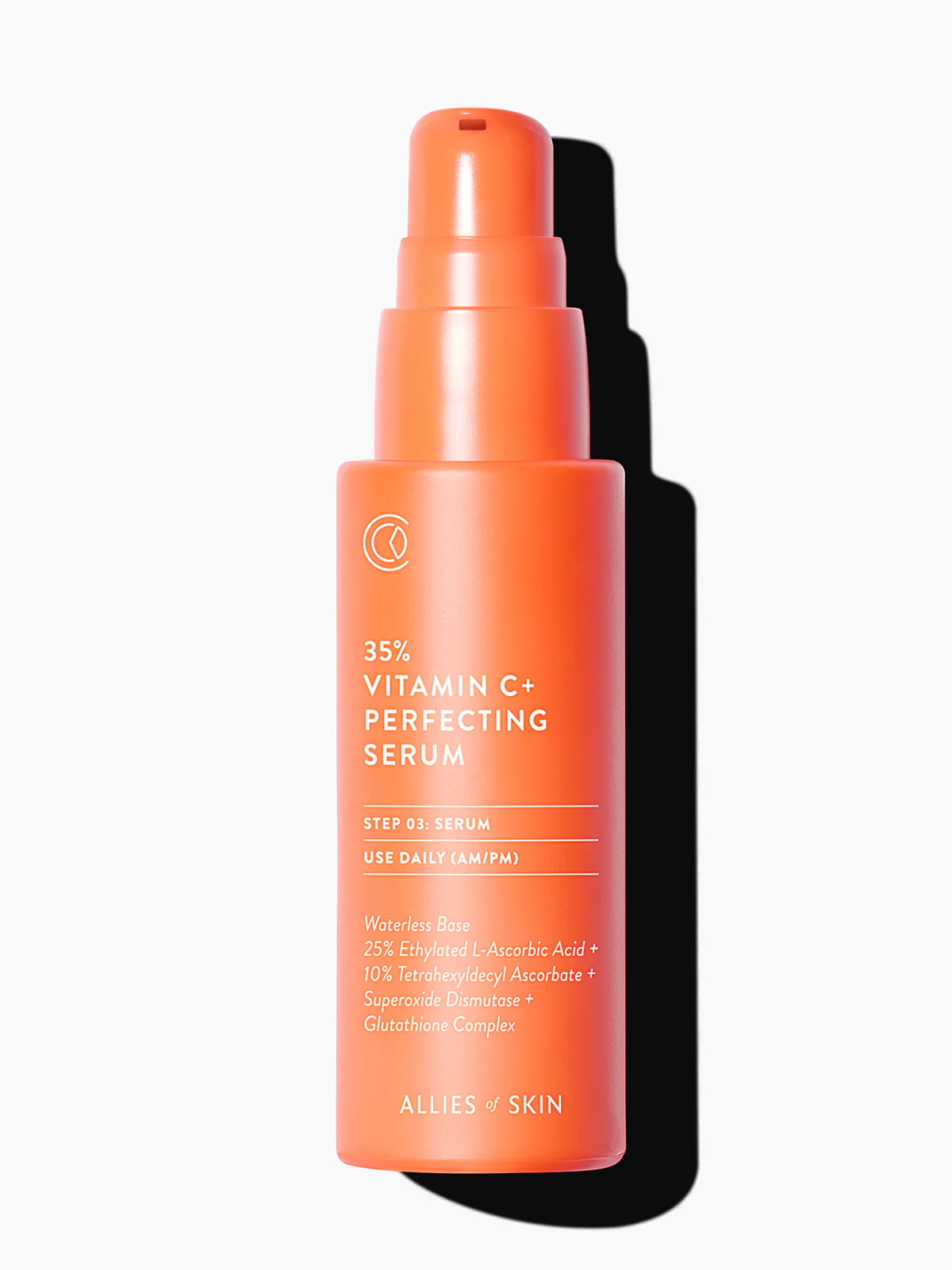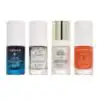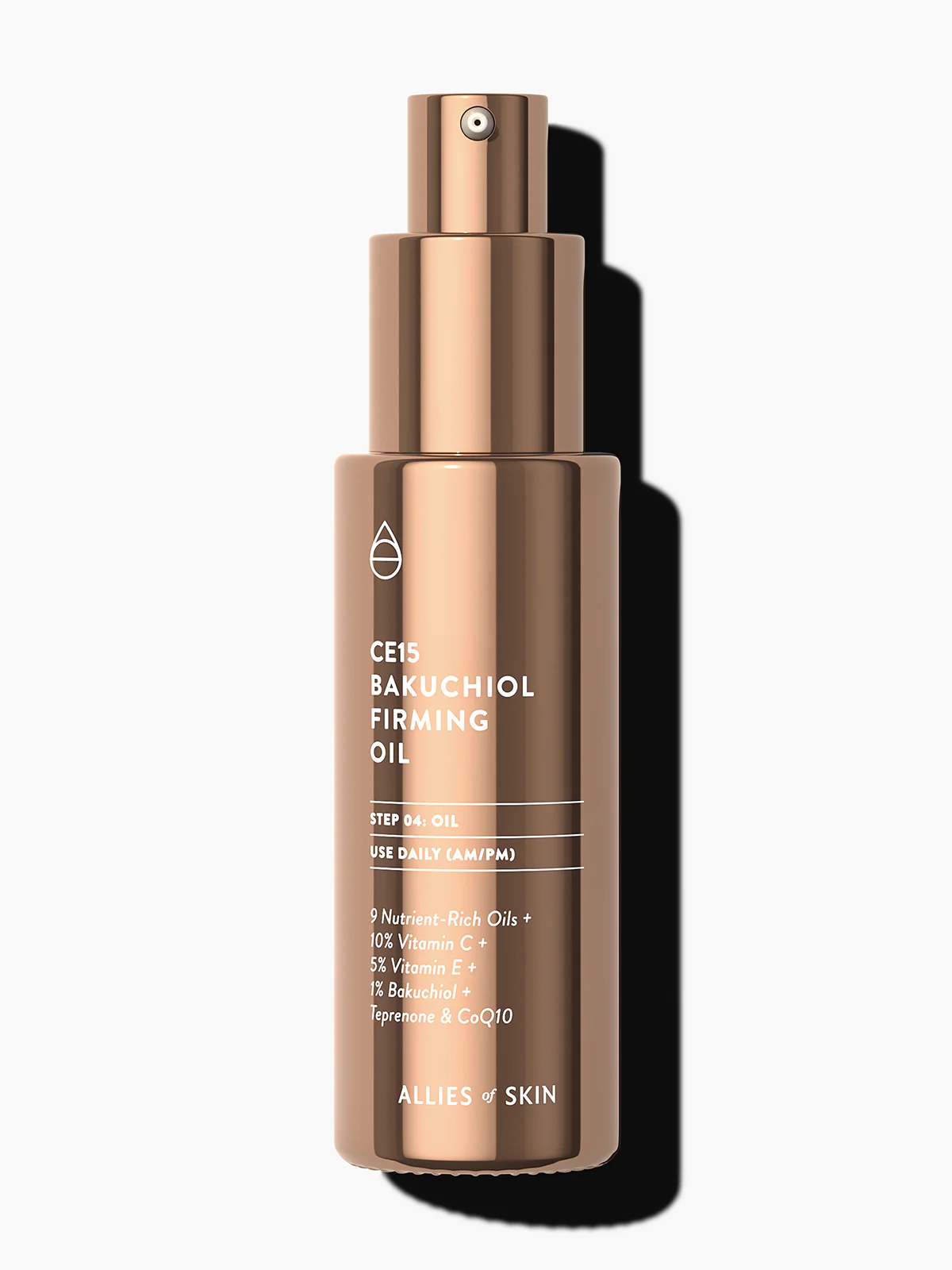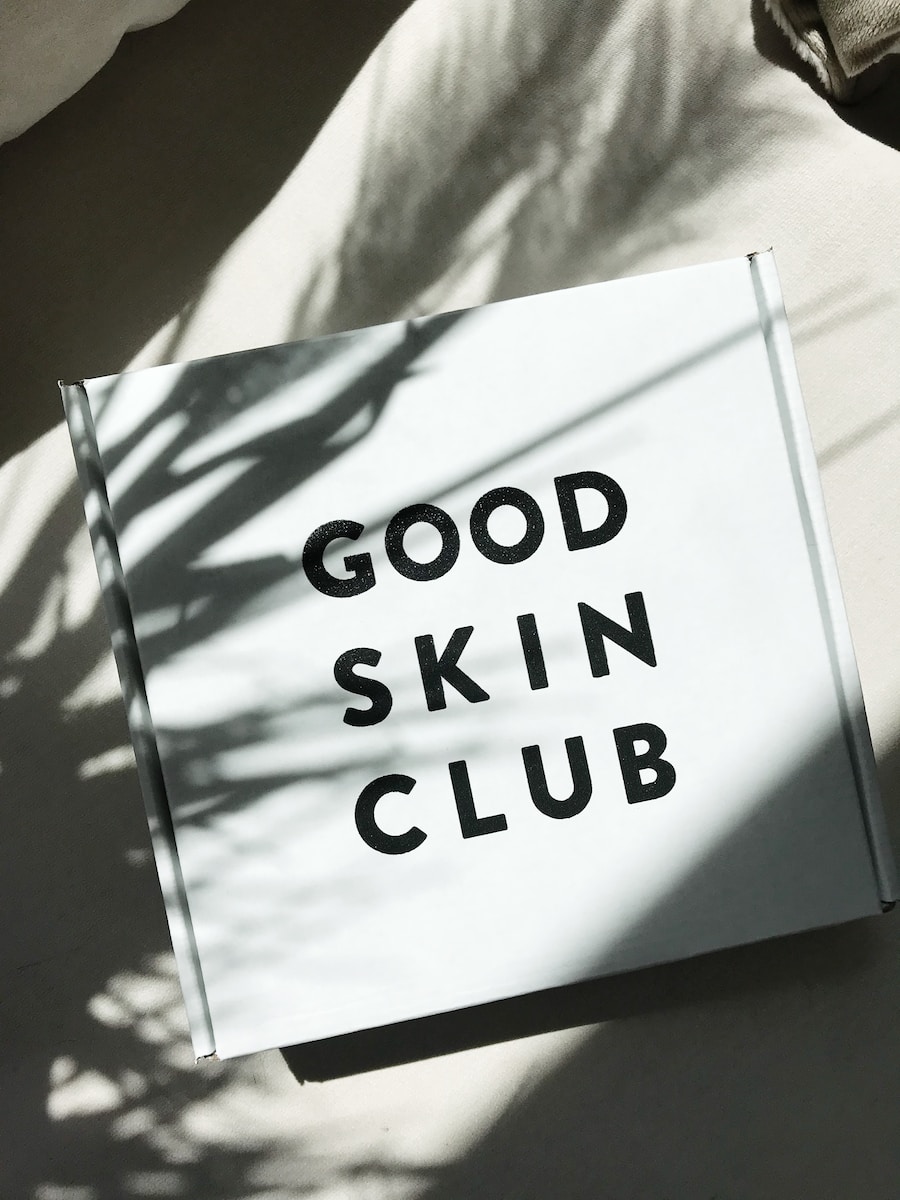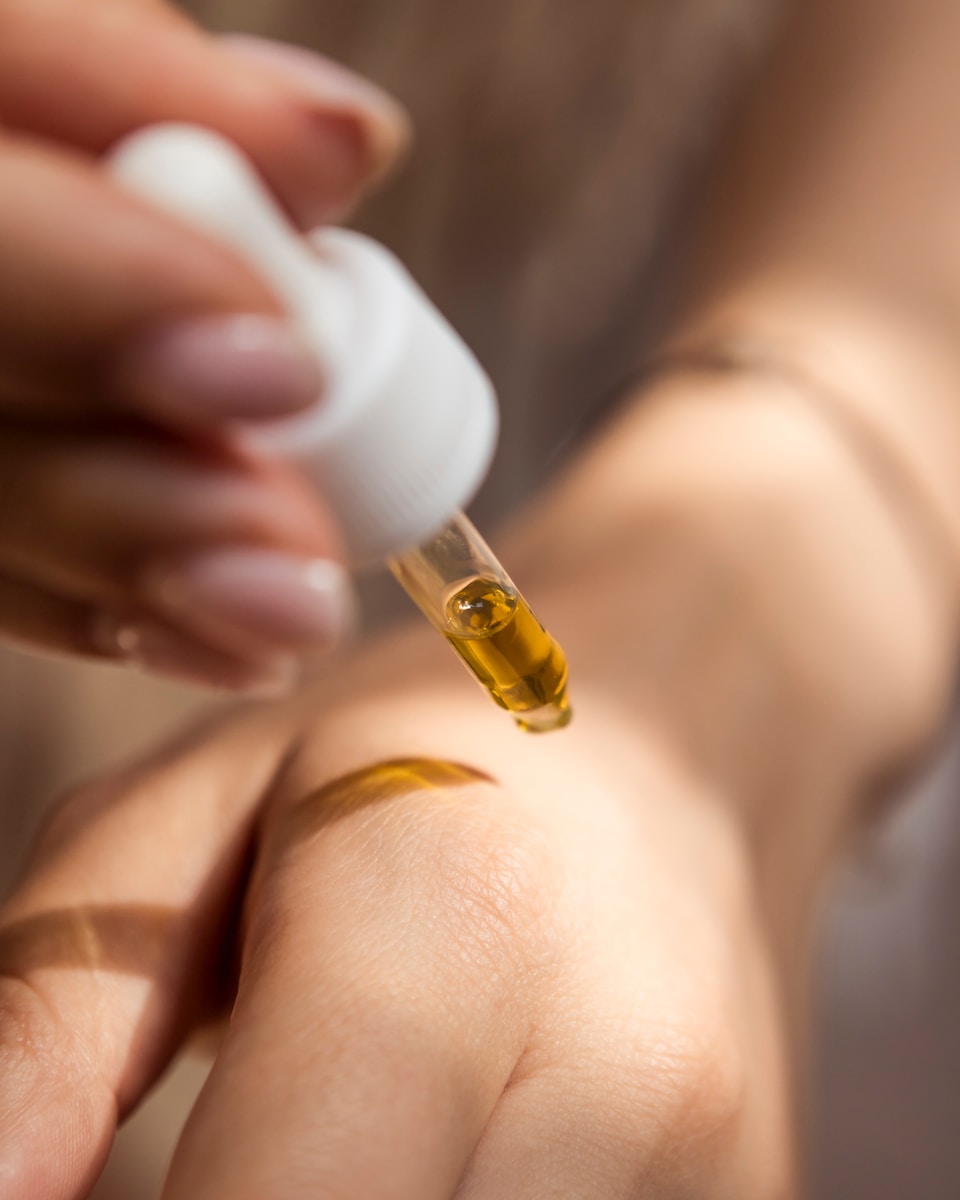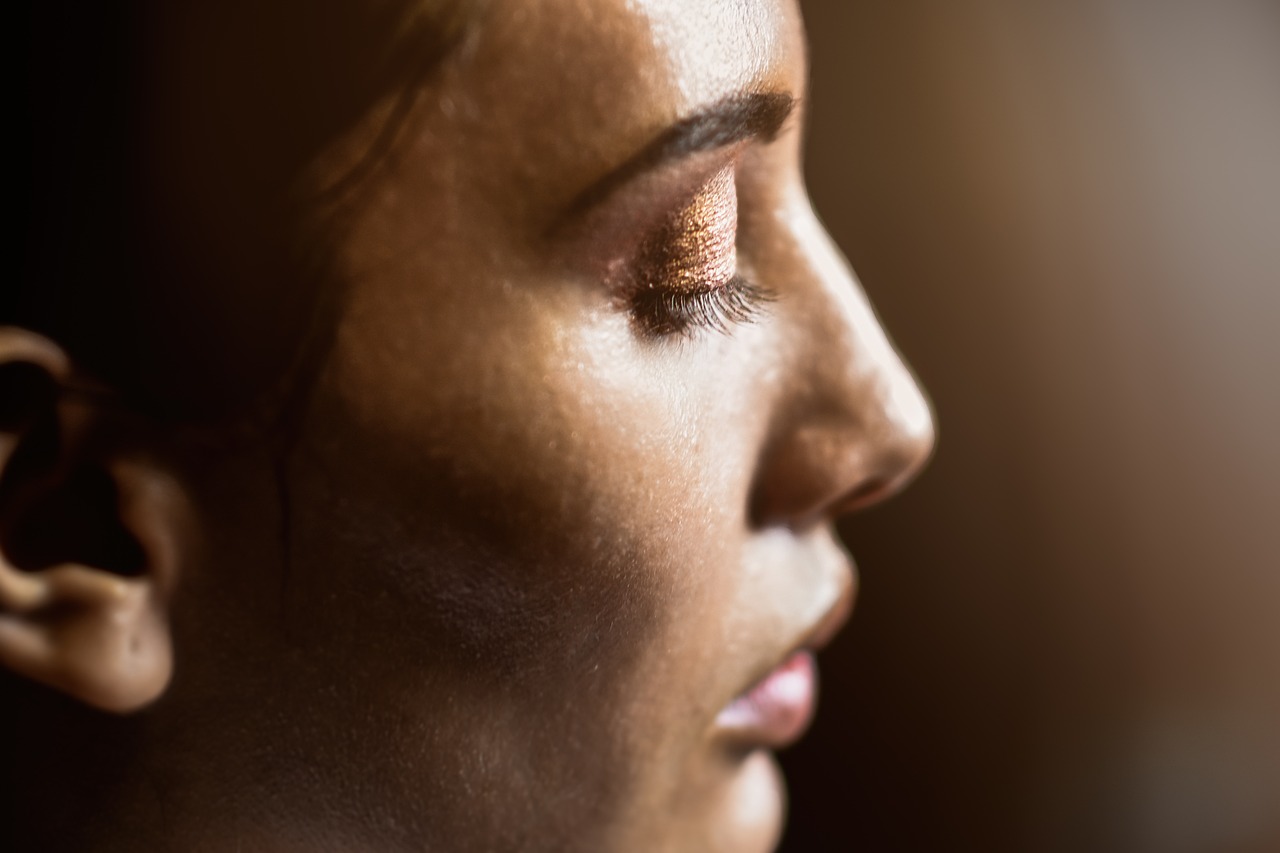
What Causes Dull Skin and How to Fix it
Dull skin is a common complaint. When it comes to skincare, we all have a unified ambition – to obtain healthy, glowing, and radiant skin. But when your skin appears lackluster, drained, and flat, it can be very frustrating.
Aging, the change of seasons, and hormonal fluctuations are all contributors to skin health and dull dry skin. Do you feel like your skin lacks a glow or is becoming dull and dry? Are you looking to brighten your dull skin? If so, you are not alone.
Dull skin is skin that lacks brightness and luminosity. One primary contributor is inadequate cell turnover, which tends to worsen with age.
With advancing years, skin cells generate less oil and can’t maintain sufficient moisture, resulting in the accumulation of dead skin cells and a flat look. But even youthful skin can become dull if it’s dehydrated and isn’t adequately moisturized. Counterintuitively, dull skin can be the outcome of too much exfoliation or the use of items that extract natural oils from the skin.
There are some in office procedures that can be very beneficial for improving skin tone and texture. However, reviving dull skin might not involve any extravagant procedures. The method of treating your skin depends on the cause, but it may simply entail making lifestyle alterations or including specific items in your skincare routine.

What Causes Dull Skin?
Basically, The buildup of dead skin cells: This can lead to the skin appearing lackluster if it isn’t removed regularly, explains board-certified dermatologist Oma Agbai, MD, FAAD, assistant clinical professor and director of Multicultural Dermatology at UC Davis School of Medicine. Dry skin According to Agbai, is “usually worse in the fall and winter when the air is drier.”
Damage to the skin barrier or outermost layer: When the skin barrier is sound, it prevents the penetration of pollutants and toxins, but when the skin is dried out, it can harm the skin barrier and prompt inflammation and slight tears in the skin, as Robyn Gmyrek, MD, a board-certified dermatologist at Park View Laser Dermatology explains. “This could cause the skin to appear lackluster, parched, red or blotchy. Additionally, the skin barrier has to be healthy to retain hydration; if not, this is known as transepidermal water loss.”
“Skin that is devoid of luminosity or brightness is what we consider dull skin,” states Joyce Imahiyerobo-Ip, MD, FAAD, owner of Vibrant Dermatology and SkinBar MD, who is a board-certified dermatologist. “Various components contribute to having dull skin, but a large factor is poor cell turnover, which becomes worse as one ages.
As we age, our skin cells create less oil and are unable to hold on to moisture, which leads to the piling up of dead skin cells and making the skin appear dull. Even youthful skin can become dull if it lacks moisture and is not sufficiently moisturized. Ironically, too much exfoliation or usage of products that strip away the skin’s natural oils can also lead to dull skin.”
Although dull skin m be a source of discouragement, there are several methods one can use to return to having luminous skin, which do not necessarily require specialized treatments. Depending on the source of the dull skin, there may be lifestyle adjustments and skincare products that can help to attain a radiant glow.
LifeStyle Factors:
- Dehydration: Not drinking enough water can lead to dry skin and a loss of natural glow.
- Lack of sleep: A lack of quality sleep can lead to fatigue, which can manifest as dullness in the skin.
- Poor diet: A diet lacking in fresh fruits, vegetables, and healthy fats can lead to skin that looks lackluster.
- Stress: Chronic stress can cause hormonal imbalances, which can affect the skin.
- Sun exposure: Too much time in the sun without proper protection can lead to sun damage, which can cause the skin to lose its glow.
- Smoking: Smoking is a known cause of premature aging and can contribute to dullness in the skin.
- Pollution: Environmental pollution can lead to free radical damage, which can impact the appearance of the skin.
- Lack of anti-aging skincare: Without proper skincare, the skin can become dull over time as it loses elasticity and natural glow.
Luckily, with a few lifestyle changes and the right products, regaining glow is achievable.
In-Office Treatments for Improving Dull skin include
- Chemical Peels: A chemical peel is a procedure performed by a dermatologist or licensed esthetician. It involves applying a chemical solution to the skin, which causes the top layer of the skin to peel off, revealing a brighter and more even complexion underneath. Chemical Peels include the following:
- Superficial or Light Peels: These peels use mild acids, such as alpha hydroxy acids (AHAs) like glycolic acid and lactic acid, or beta hydroxy acids (BHAs) like salicylic acid. They target the outermost layer of the skin and are suitable for mild skin concerns. Light peels can help improve skin texture, tone, and brightness. They may require multiple sessions for optimal results.
- Medium Peels: Medium-depth peels penetrate deeper into the skin than superficial peels. They use stronger acids like glycolic acid, trichloroacetic acid (TCA), or a combination of acids. Medium peels can address more significant skin issues, such as sun damage, pigmentation, and fine lines. They may result in more significant peeling and downtime compared to light peels.
- Deep Peels: Deep peels are the most aggressive type of chemical peel. They use strong acids, usually TCA or phenol, to penetrate deep into the skin layers. Deep peels are typically used to address severe skin concerns, such as deep wrinkles, extensive sun damage, and pronounced hyperpigmentation. They require significant downtime, and the recovery process can be more intensive compared to lighter peels.
- Microdermabrasion: Microdermabrasion is a non-invasive exfoliation technique that removes the outermost layer of dead skin cells. It helps improve skin texture, tone, and can promote a brighter complexion.
- Laser Therapy: Laser treatments, such as intense pulsed light (IPL) or fractional laser, can target areas of hyperpigmentation and stimulate collagen production, leading to a more radiant and even skin tone. Laser treatments include the following:
- Fractional Laser: Fractional laser treatments create tiny, controlled injuries in the skin, stimulating collagen production and skin renewal. This helps improve skin texture, reduce fine lines, and enhance overall radiance. Fractional lasers are often used to treat sun-damaged skin, acne scars, and age spots.
- Intense Pulsed Light (IPL): IPL is a non-ablative light-based treatment that targets areas of hyperpigmentation and redness in the skin. It can help even out skin tone and improve overall brightness. IPL is particularly effective for treating sunspots, freckles, and mild signs of aging.
- Q-Switched Lasers: Q-Switched lasers are commonly used to target specific pigmentation issues, such as melasma, age spots, and post-inflammatory hyperpigmentation. These lasers emit short, intense pulses of light that break down the pigment in the skin, leading to a brighter and more even complexion.
- CO2 Laser: CO2 lasers are ablative lasers that vaporize the top layers of the skin. This treatment is more aggressive and is typically used for severe sun damage, deep wrinkles, and acne scars. While the recovery period is longer, the results can be significant in terms of skin brightness and texture improvement.
- Ruby Laser: Ruby lasers emit red light and are used for treating pigmented lesions and sunspots. The targeted areas absorb the laser energy, leading to the breakdown of pigmentation and a more even skin tone.
- Er:YAG Laser: Erbium YAG lasers are gentle ablative lasers that can help improve skin texture, tone, and brightness. They remove the outermost layers of the skin, triggering collagen production and skin rejuvenation.
Favorite Products for Brighter Skin
- Allies of Skin Peptides and Antioxidants Firming Daily Treatment – This powerful daily treatment contains a blend of antioxidants and peptides to firm and brighten skin. It helps reduce the appearance of fine lines and wrinkles, and can improve skin texture for a more youthful appearance.
- PSA Goals Multi acids and Probiotics Perfecting Night Serum – This nighttime serum is packed with exfoliating acids and probiotics to help brighten and even out skin tone. It’s great for tackling hyperpigmentation and dullness, and can help improve the overall texture of your skin.
- PSA The Most Hyaluronic Super Nutrient Hydration Serum – This ultra-hydrating serum is perfect for those with dry or dehydrated skin. It contains hyaluronic acid to plump and hydrate the skin, as well as a blend of superfoods and nutrients to help improve skin health and radiance.
- Allies of Skin 35% Vitamin C Skin Perfecting Serum– This award-winning serum is supercharged with a powerhouse of 25% Ethylated L-Ascorbic Acid, 10% Tetrahexyldecyl Ascorbate, Superoxide Dismutase, and Glutathione delivered at peak potency to brighten the appearance of skin, firm, and provide antioxidant protection for all skin types.
- Sunday Riley Good Molecules and other brightening products – Sunday Riley’s range of brightening products is a cult favorite, and for good reason. Their Good Genes Lactic Acid Treatment is a must-try for anyone looking to improve their skin’s texture and radiance, while their CEO Glow Vitamin C + Turmeric Face Oil can help brighten and protect the skin from environmental damage.
- Allies of Skin CE Backuchioil Firming Oil – This potent facial oil is packed with vitamin C and other powerful antioxidants to help brighten and firm the skin. It can also help reduce the appearance of dark spots and other signs of aging, making it a great addition to any anti-aging skincare routine.
You May Also Enjoy: The Emerging Science Behind Peptides for Anti-Aging and Skincare


